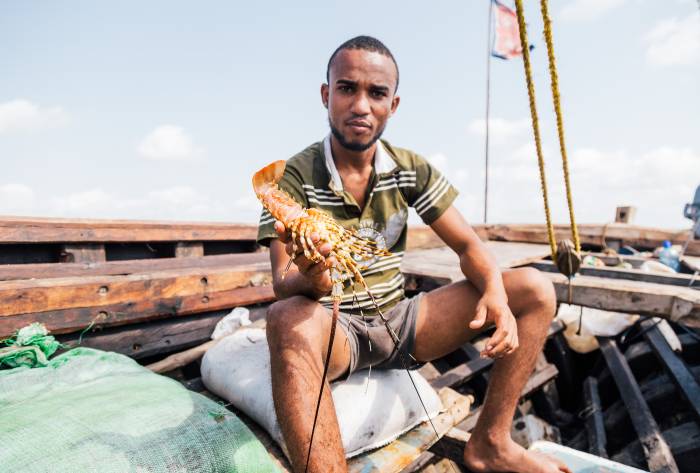The window to stay below 1.5°C of warming is closing fast. People’s lives are at stake – we must get to zero fossil fuels as fast as possible. This story is part of the People’s Dossier on 1.5°C .
Lamu Old Town is one of the oldest and best preserved Swahili settlements in East Africa. In 2001, it was declared a UNESCO World Heritage site, in recognition of its outstanding universal value to Swahili and Islamic cultures. In 2013, the Government of Kenya initiated plans for developing a coal-fired power plant in the area. The proposed plant is scheduled to generate coal-fired thermal power on 865 acres of land at Kwasasi, Lamu County.
Lamu residents, local community leaders, national and international environmental groups have raised serious concerns about the environmental, social and human health implications of the fossil fuel plant. The coastal areas of Lamu County are rich in biodiversity, both marine and terrestrial. This is evident in the vibrant tourism sector that employs many on the island. The coal power would cause serious risks to Lamu’s delicate marine environment, which many fear will harm its two most vital industries: fishing and tourism.
Once constructed, the project risks causing massive pollution according to various reports, negatively impacting the livelihoods of Lamu residents, already affected by a pre-existing oil infrastructure project known as the Lamu Port and Lamu-Southern Sudan-Ethiopia Transport Corridor (LAPSSET).

Photo: Waterkeeper Alliance
“The coal plant threatens the marine ecosystem and the livelihoods of our people. We won’t accept it. We’re not anti-development, but no one in the world has ventured into coal mining and faced no long-term consequences. Coal is dirty energy, and its effects are detrimental.” said activist Wahlid Ahmed, whose family has been living in Lamu for generations.
The proposed coal plant could potentially displace 120,000 people living in Lamu County, and single-handedly emit the highest amount of toxic chemicals in the region.
Public debate over coal intensified in 2017-2018. Media and public attention on the project increased significantly and several street demonstrations were held by potentially affected communities.
Community groups are pursuing litigation. They argue that the economic, environmental, and health impacts they will endure because of burning coal for electricity have not been sufficiently considered in granting licenses for the plant and that the plans to protect them from health and economic harm are insufficient.
In 2009, Lamu Environmental Protection and Conservation (LEPAC) spearheaded an initiative to unite groups and individuals in a campaign to save the Lamu Archipelago. Out of this initiative, a coalition of groups came together under the banner “Save Lamu”.
“We cannot forget Africa’s colonial history and it is totally inexcusable for us to ignore a neocolonial system powered by the coal industry. African communities are coming together to resist fossil fuels and embracing clean energy because the time has come to chart a solid course to deco(a)lonisation of the continent.” said Nnimmo Bassey, Director of the Health of Mother Earth Foundation.
The resistance against coal expansion has been growing significantly among Kenyan civil society and the community at large, following continued anti-coal mobilisation and advocacy efforts to oppose the proposed Lamu coal plant. Recently, the Kenyan faith movement added their voices to those calling on leaders to make the right decision and asking for self-determination and community control over the resources, including with regards to energy distribution systems.
You can stand in solidarity with communities confronting climate change around the world. Share your message of solidarity with countries showing real leadership at the Climate Virtual Forum on November 22 – use #thrivesurvive and #1o5c